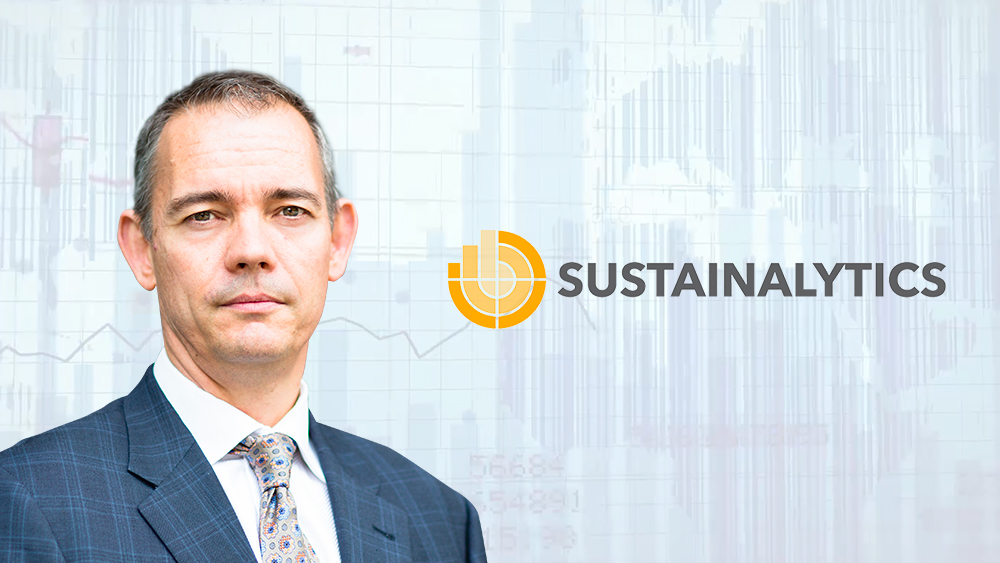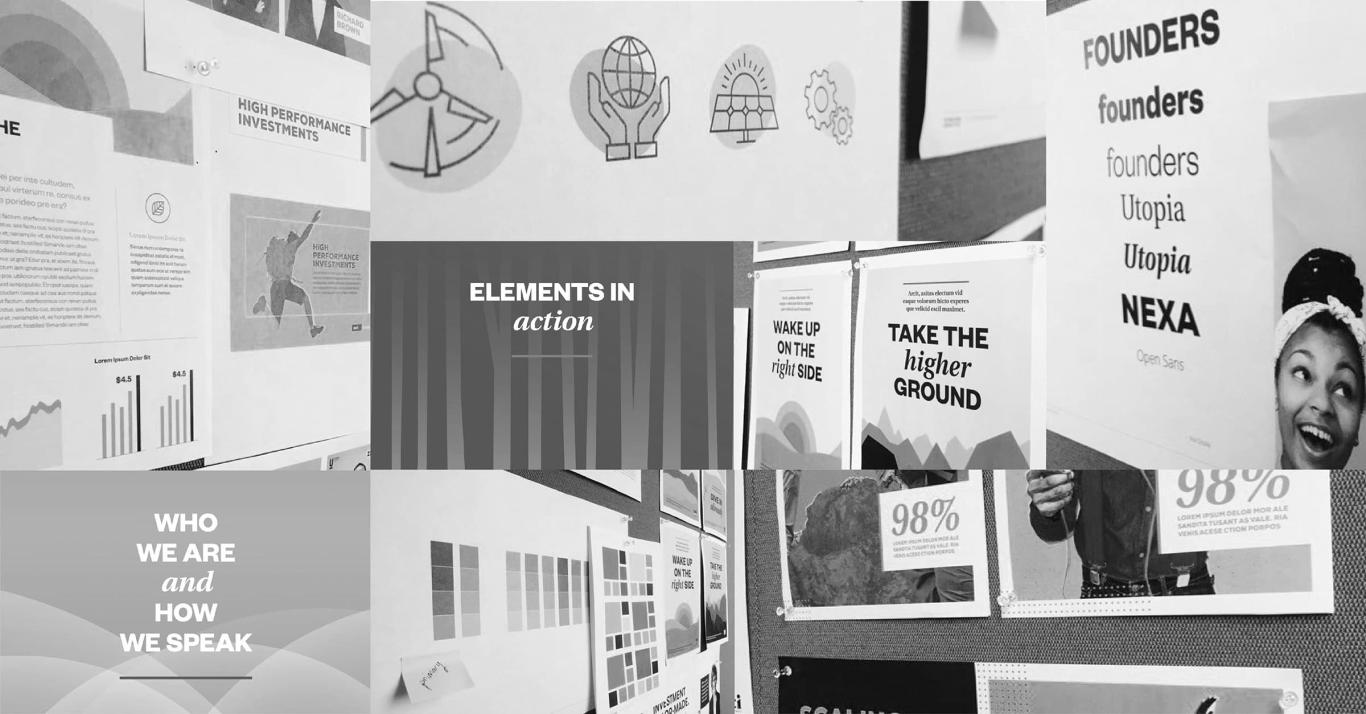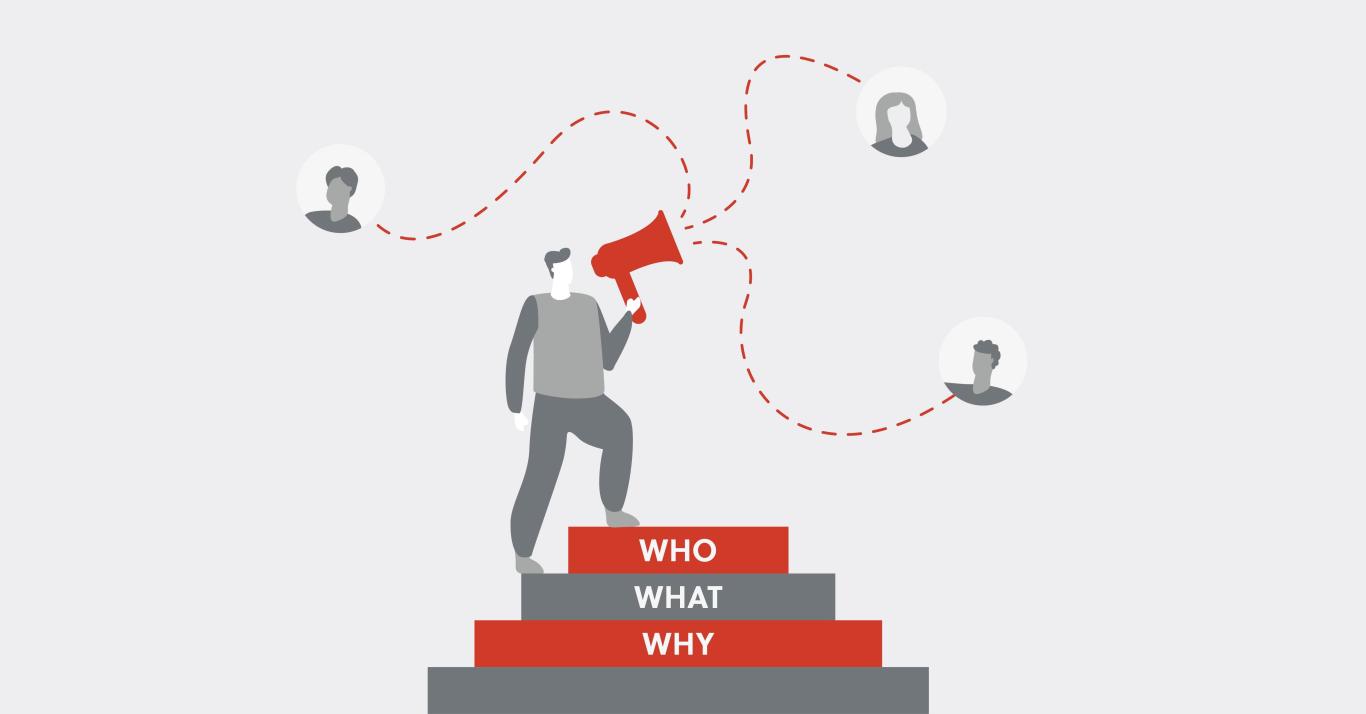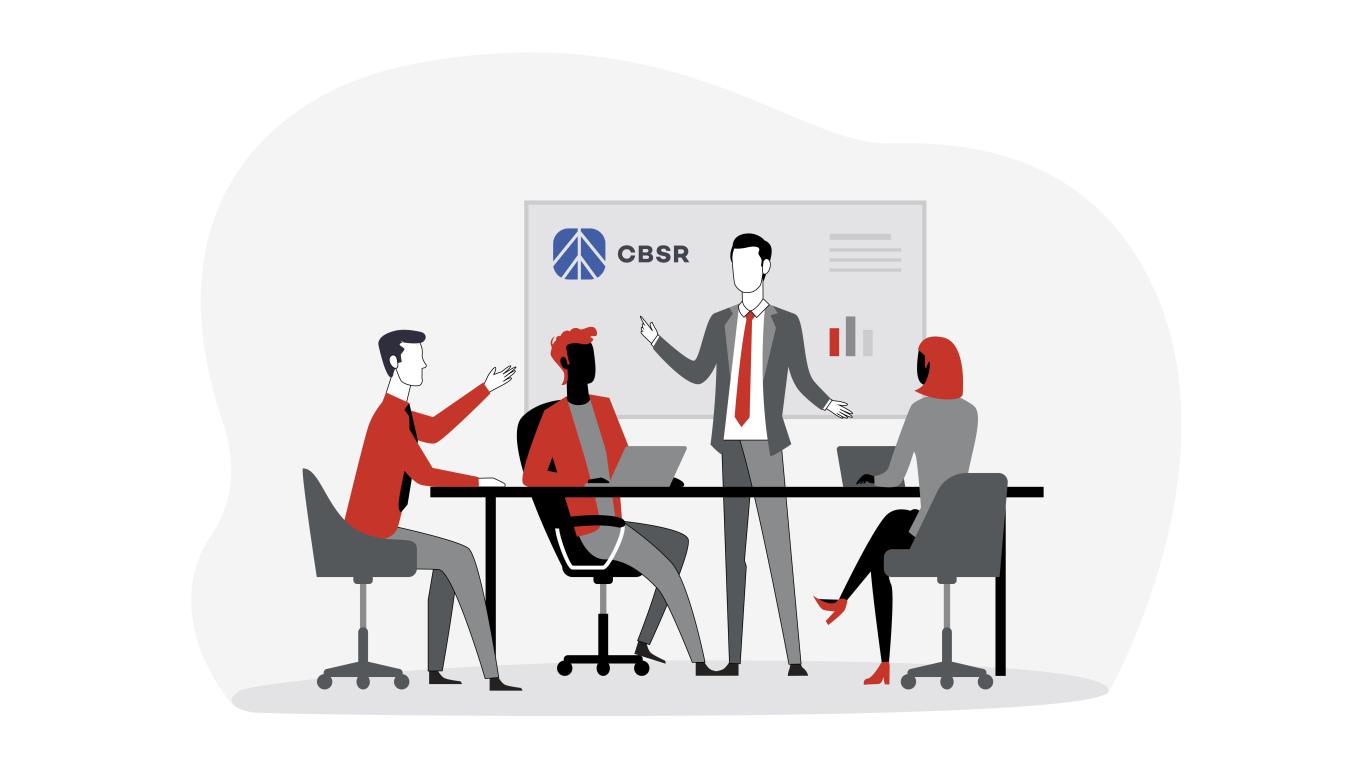Ask an Expert: Michael Jantzi

Headquartered in Amsterdam, and with offices around the world, Sustainalytics is a company that rates the sustainability of organizations based on their environmental, social and corporate governance performance. We spoke with founder Michael Jantzi about the evolving nature of reporting, and what true leadership looks like.
Wesley Gee: Give us a sense of the evolution of Sustainalytics as a company – based on how this space has changed.
Michael Jantzi: We launched in 1992, and to say it was a niche industry is generous. Our clients were generally focused on ensuring that investments they were making were aligned with some sort of values set, or organizational mission framework.
Now, it’s arguably mainstream. ESG (environmental, social and governance) issues are no longer solely in the domain of values or missions. They are real risks and opportunities that need to be integrated into business and investment decision-making processes.
That’s not to say that impact isn’t important. Increasingly, materiality and impact are sitting side by side for investors, two things I’ve always believed to be inseparable. But there’s no doubt that the business case for sustainability – and the fact that this is a global movement – has changed the nature of Sustainalytics.
WG: What does it mean to demonstrate leadership on the disclosure side? What are some of your expectations?
MJ: Our ability to access information and make connections between different data sets is much more powerful than it used to be. Regardless, our process remains analogous in some ways to putting together a puzzle.
Our job is to find the right pieces and fit them together appropriately, to complete that puzzle as much as possible, to create order and see the picture emerge. To lead, from our perspective, companies need to provide transparent ESG disclosure (provide those pieces) and show how they link to strategy (help fit those pieces appropriately into the puzzle).

Sustainalytics uses ever-evolving technology to unify disparate data to create a unified picture of performance. Jantzi compares the process to assembling a puzzle – which empowers stakeholders to see order and the full, clear situation.
WG: What are some of the things that you see going on within this space that get you excited or hopeful?
MJ: I’m encouraged that some organizations, including those focusing on sustainability reporting (GRI, SASB, etc.) and others whose focus is/has been primarily on financial reporting (IIRC, FASB, etc.), are speaking with one another about harmonization under the umbrella of the Corporate Reporting Dialogue.
WG: What are your thoughts on integrated reporting?
MJ: I recognize that sustainability reports are often meant to serve a variety of audiences, but taking a “one size fits all” approach can be a recipe for disaster. I’m not going to argue that the investor is the most important stakeholder, but I will say that reporting to investors should be different than to a regulator or employee base.
We want full disclosure of relevant ESG data and information delivered in a structured format. We want to understand how the company views its exposure to these issues – through a risk and opportunity lens – and how these factors are integrated into the company’s planning and operations. Some of this might be most effectively delivered through an API, some through standard regulatory reporting. Or maybe through sustainability or integrated reporting frameworks. From Sustainalytics’ perspective, the most critical thing is that ESG information is disclosed – our secondary concern is ensuring efficient access to/extraction of that information.
WG: Do you have thoughts on storytelling and how it can provide context relating to how companies address key issues?
MJ: Corporate sustainability reporting serves many different audiences, and that’s always a challenge. From an investment perspective, storytelling can seem like a company is cherry-picking only the very best and using those stories as a distraction. Meanwhile, our analysts are looking for clear communication around challenges, risks and opportunities.
Providing a narrative or storytelling is fine – but we need it to help place data/information into context – to illustrate how the company is managing a material ESG risk, for example.
WG: Can you talk a little bit about the growing role of Big Data/AI and how it’s changing the way organizations like Sustainalytics are making decisions?
MJ: We view technology as a tool. There’s no question that technology allows us to do some things on a larger scale, and more accurately and efficiently. For example, technology allows us to cover a larger investment universe and uncover information across an increasing number of jurisdictions/languages.
It can help connect pieces of information together in ways that would be difficult to do otherwise. But given the unstructured nature of most ESG-related information, and the complicated nature of the issues Sustainalytics is evaluating, we believe that our analysts continue to play a pivotal role in providing investment insight to our clients. In other words, technology is a tool that both frees up time for our people to focus on value-added analysis and can help improve the quality of their insights.

Artificial intelligence (AI) is allowing Sustainalytics to cover a wider investment universe, with a higher degree of accuracy and efficiency. But given the unstructured nature of ESG-related information, and the complicated nature of the issues, analysts at the firm continue to play a pivotal role in providing investment insights.
Do you have any closing words you want to share?
MJ: Report in a clear, concise and consistent manner – and help the reader connect the dots between the sustainability issues you’re facing and how they inform your strategy. Help us cut through the noise and focus on the key issues, because that’s what investors want to understand.
Read this interview and more in the latest edition of our Sustainability Trends and Best Practices – available now. Thanks to Michael for his candid perspective.




